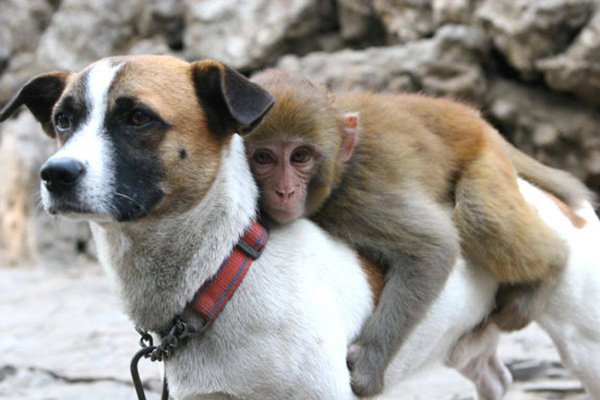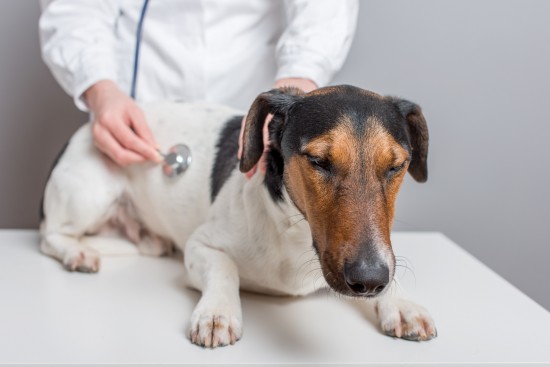

All types of birds can be attacked by mites and other parasites, regardless of how well kept their living conditions are. Some of these bugs are winged, and others can get access through the tiniest spot so while prevention is possible, it isn’t guaranteed.
The condition of feather mites is caused by the parasitic red mite which infests the birds feathers and attacks the skin, drinking their blood. Birds with feather mites will appear restless and will be even worse at night when the mites are most active. They can also suffer from anemia due to the blood loss and if young birds are infected, have a high mortality rate.
Once an infestation occurs, red mite can live in wooden nest boxes and reinfect birds which are clear.
One way to diagnose feather mite is to cover the cage at night with a white sheet, making sure this covers the bottom of the cage too. The next morning some of the mites will be visible on the white sheet and can be taken to a vet for diagnosis if required.
When you know your bird has mites, there are sprays and powders which can be used as well as medication from the vet if needed. Some of the treatments will need to be injected into the bird or given orally. There are also powders available to use on the bird’s housing to prevent re-infection. Neighbouring cages and areas should be treated as well as a precaution.
Air sac mites are just one of the respiratory infections which can affect birds and is caused by a parasite which infects the area from the nose all the way to the lungs. Two of the most commonly affected species are canaries and Gouldian finches.
Some of the symptoms which may present include breathing problems and open mouth breathing, bobbing of the tail in agitation and excessive salivation. It was described to me that if you held the bird to your ear, you could hear a ticking sound in addition to their heart beat, and this could well be air sac mites. Although this should be done with caution as handling the bird can cause stress and make the symptoms worse.
Air sac mites can be fatal, but there are treatments which can be bought online to deal with them. If the bird does not rapidly show signs of improvement, always seek veterinary advice for further treatment.
This is an infestation which affects the skin rather than inside and is common for canaries and finches, but not so much the parrot family, with the exception of budgies. Scaly face affects the areas around the beak, mouth, nose and eyes while leg mite infection is around the legs and toes.
Budgies may loose feathers around infected areas in something which resembles mange. White crusts can develop in the corner of the beak and nostrils, but they don’t itch the areas. The worst case scenario is that the beak and legs can become deformed if the infection is not treated and this deformity does not go away once the mites have. Canaries and finches also suffer no itching with the parasites but have white crusts on legs and toes (this is also known as tassel foot disease).
Depending on the severity of the infection, anti-parasitic medicines are given either orally or injected into the bird.
Trichomoniasis is a gastrointestinal parasite which is commonly known as canker or frounce and is caused by a single celled microbe called a protozoa. It is common in wild birds and sometimes is caught by pet birds, especially budgerigars.
The main symptoms of the parasite are pale yellow or whitish lesions in the lining of the mouth as well as the throat, crop and esophagus. Extra saliva is produced, and sometimes regurgitation of undigested food can occur. It is spread from direct contact with an infected animal and can be passed from parent to young by feeding. It can also spread via infected food and water.
A vet will be needed to confirm the infection, and then a treatment of anti-parasitic medicine will be administered either by food or water. A bird which is suspected of having the condition should be quarantined away from other birds and any offspring hand-fed to avoid spreading.
This is another gastrointestinal parasite which also effects other organs in the birds body. It comes from the parasite Giardia, another protozoa and affects cockatiels, budgies, lovebirds and other parrot family members.
There is a variety of symptoms which may indicate the presence of the parasite. These include malnutrition, diarrhea and failure to properly absorb nutrients resulting in weight loss. Other physical symptoms include itching, plucking of feathers and pecking skin excessively and even increased vocalisations. The bird’s droppings will look like popcorn and, unfortunately, the parasite usually causes death in baby birds.
The infection comes from contaminated food, but birds can be carriers for it without showing any symptoms. Anti-parasitic medicine is prescribed from the vet and given orally to combat the infection.
Tapeworms are a gastrointestinal infection which is most common in cockatoos, African Grey parrots and species of finches. It is a parasite which infects the digestive tract, but also causes problems in other organs.
Birds do not show any outwards symptoms of the illness but inspection of droppings will show the tapeworms. They are often contracted from coming into contact with wild birds or by eating insects, slugs, earthworms or spiders which already has tapeworm.
Medicine to help clear the infection can be given orally or by injection, mainly depending on the severity of the infection. A course may be required rather than just a single dose. Regular worming can help to stop the infection in the first place.
This is a glimpse (which probably has your skin itching!) of some of the parasites which can affect different types of birds. These can be quite serious infections so if you think your bird has some kind of infestation, seek veterinary assistance immediately.
 Why Might A Fearful Dog Suddenly Become Bolder?
Why Might A Fearf
Why Might A Fearful Dog Suddenly Become Bolder?
Why Might A Fearf
 The importance of pet care at home
The importance of pet care at home
Theres no d
The importance of pet care at home
The importance of pet care at home
Theres no d
 More Information On Familial Shar-pei Fever
More Information
More Information On Familial Shar-pei Fever
More Information
 Eye Problems In The Miniature Pinscher And Similar Dog Breeds
Eye Problems In T
Eye Problems In The Miniature Pinscher And Similar Dog Breeds
Eye Problems In T
 How To Deal With Dog Poisoning Emergencies Over Christmas
How To Deal With
How To Deal With Dog Poisoning Emergencies Over Christmas
How To Deal With
Copyright © 2005-2016 Pet Information All Rights Reserved
Contact us: www162date@outlook.com